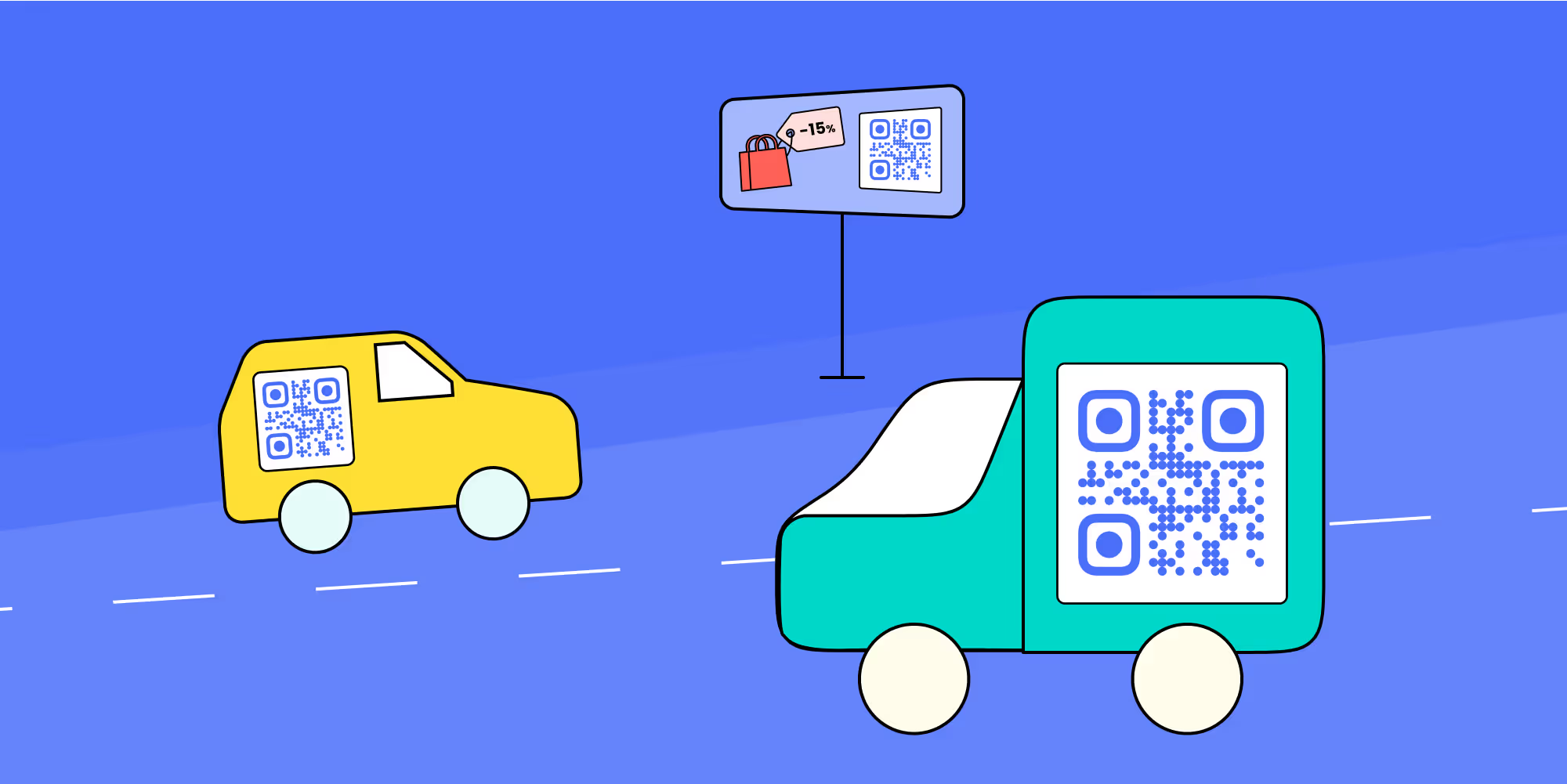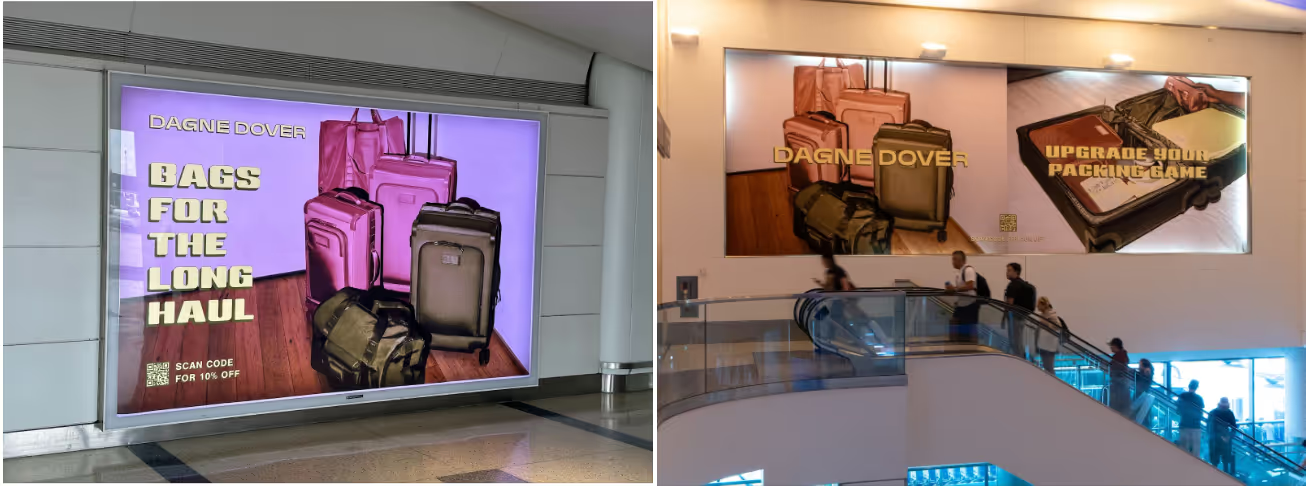
The Power of Out of Home Advertising: Best Practices for Success
Introduction
Quan Media Group, an industry leader in Out-of-Home (OOH) advertising, excels in creating high-impact, strategically placed campaigns that capture audience attention and drive engagement. Their expertise in leveraging unique advertising spaces ensures that brands can connect with their audiences in memorable ways.
Brij is a platform that enables brands to connect with customers across unowned channels like retail, Amazon and other marketplaces.
With combined expertise in the omni-channel and OOH spaces, Quan Media and Brij put together this guide to help your brand navigate strategies to better connect consumers in the wild to your brand.
What is Out-of-Home Advertising?
OOH advertising thrives in pedestrian-heavy cities like New York, Chicago, Boston, and San Francisco. The key to success in these urban environments is street-level frequency. Brands can utilize tools like Reveal Mobile, Happy Demics, M Four, and Placer AI to tailor campaigns to different budget levels and needs. In cities with robust mass transit systems, combining street-level ads with transit placements ensures maximum reach and engagement. For instance, Chicago's extensive public transportation network offers unique opportunities for mass transit advertising alongside traditional vehicular placements.
Enhancing OOH Advertising with Brij Experiences
Brij reforms OOH advertising by integrating digital touchpoints into street-level and transit ads. In cities where Wi-Fi is widely available within mass transit systems, a Brij experience enhances consumers’ interaction with ads. Street-level wild postings, bus shelters, and airport placements are prime locations for Brij’s interactive ads. Our collaboration with Dagne Dover at major US airports exemplifies the effectiveness of this approach. With strategically placed ads at boarding gates, travelers can scan QR codes to explore Dagne Dover's new luggage collection. The Brij experience tied to the Dagne Dover ads also creates an opportunity for the brand to track attribution. In this example, consumers provide their email in exchange for a unique discount code to purchase Dagne Dover luggage. This enables the Dagne team to see which ads are performing best and provides an enhanced brand experience to the consumer interested in their product.

Best Practices for OOH Advertising
To maximize the impact of your OOH advertising campaigns, it's essential to combine technology with expert knowledge. While Ad Tech platforms offer automation and efficiency, working with an experienced specialist can provide invaluable insights. These specialists can guide you through the planning and buying process, helping you make informed decisions that enhance your campaigns.
When designing your OOH ads, remember that simplicity is key. Messages should be quick bursts of essential information, ideally no more than 10 words total, with 5 words in the headline. This ensures that your message is clear and readable, even from distances of 400-800 feet.
For street-level and transit OOH, it's crucial to have a strong call-to-action (CTA). These locations often involve a more captive audience, providing more time to communicate with consumers. Utilize redemption codes or Brij QR codes to engage with your audience and make a lasting impact.
Refreshing your ad creative regularly is another best practice. OOH messaging builds substantial brand awareness over time, and changing creative elements every 8-12 weeks keeps your campaign fresh and improves overall ad retention.
Finally, don't rely on just one media partner or format. Mix and match different OOH formats to tell a cohesive brand story. This approach allows you to meet your consumers where they live, work, and play, creating a more comprehensive and engaging campaign.
Results: Telling a Brand’s Story Through Diverse Formats
Best practices for OOH advertising involve utilizing various formats within a market to tell a cohesive brand story. Brands should focus on detailed, unique creative messaging for walkable, captive audience moments. In contrast, quick, impactful messages are more suitable for roadside billboards and bus ads. By leveraging multiple formats, brands can effectively reach their core audience and create a lasting impression.

What’s Next: Unlocking the Potential of OOH Marketing
Companies can greatly benefit from OOH marketing by strategically planning their campaigns to maximize street-level and transit advertising opportunities. Brij’s innovative solutions empower brands to create interactive and engaging digital product experiences. By combining traditional OOH formats with cutting-edge technology, companies can achieve higher engagement rates and drive customer interactions, ultimately leading to increased brand awareness and sales.
In conclusion, OOH advertising is a powerful tool for brands to connect with their audience in dynamic urban environments. By leveraging street-level frequency, utilizing diverse ad formats, and incorporating interactive elements like QR codes, companies can create compelling and effective marketing campaigns that resonate with their target audience.




